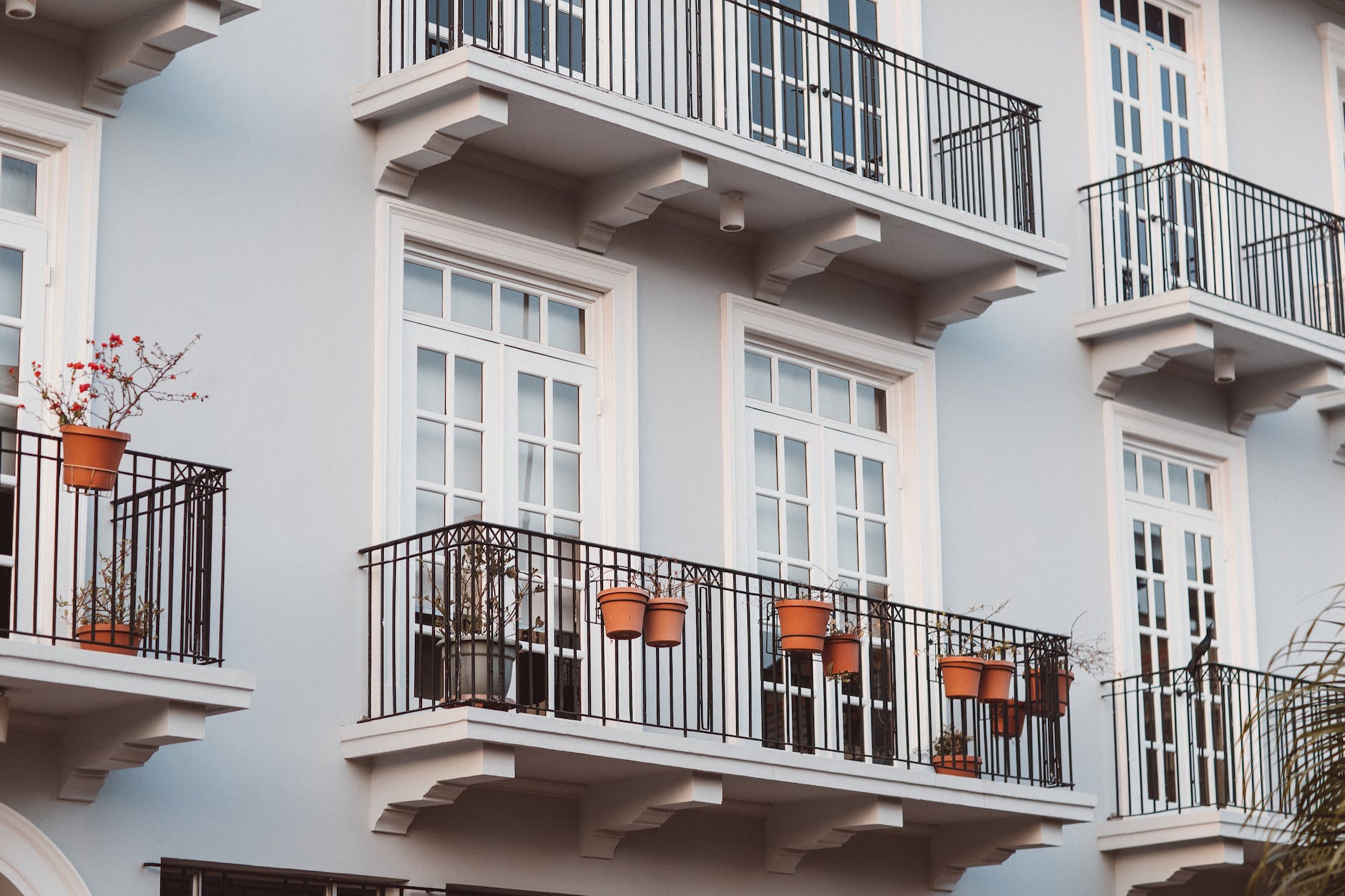
Flower Terrace Arrangement
In late spring and summer, it is on the terrace that the life of the whole family is concentrated. That’s why its plant decor is so important. It must be colorful, cheerful, and original! The means to achieve a floral oasis are many! Here are fashionable flower terrace arrangements!
The days are getting longer and warmer, and more and more hours can be spent in the garden. So now is also the time to refresh the appearance of the terrace. As soon as the threat of late frosts ceases, we can get busy planting plants in pots, bowls, containers, and balcony boxes to move them to the open air.
We must now settle the question of the terrace arrangement. The latest trend in garden compositions gives preference to naturalness. Therefore, in the multicolored procession of plants, summer flowers resembling wild species, herbs, bed perennials, grasses, and even vegetables take prominent places. It is these plants that provide garden arrangements with an informal and slightly careless look. Classic summer flowers such as petunias, surficial, calibrachoa, marguerites, and lobelias still retain major roles.
If you want to learn more helpful gardening tips, more Info.
They have the priceless gift of flowering uninterruptedly for weeks from May through autumn, and doing so in cheerfully serene colors. Increasingly popular are annual plants with small flowers, such as angelonia, nemesia, diaskia, sanwitalia and scevola. They add lightness to mixed compositions, and besides, they are easy to care for, as we don’t have to clean the stems of wilting and drying flowers.
In natural arrangements, we will meet surprise plants. They have not only ornamental qualities but also utility. Red leaf lettuce looks beautiful among summer flowers. Modest herbs in pots fill the air with enticing fragrances. When in bloom, thyme, lavender, and chives are a source of valuable nectar for bees and bumblebees.
If you would like to decorate the terrace with flowering shrubs, such as rose, hydrangea, or omzhyn (budleja), look for varieties that are not tall and bloom the longest. Shrubs, which have a root system much more developed than annuals and perennials, should be provided with containers of correspondingly larger capacity. Many summer flowers feel best in beds.
Fresh soil for annuals
Annual ornamental plants will flourish exuberantly for many weeks if you plant them in good-quality soil. From the soil, plants take up water and necessary nutrients, which determine their growth and vitality. The best is fresh soil for flowers with the addition of deacidified peat. We give last year’s soil to compost or spread it on the beds.
During the season they can reach impressive sizes. However, even among them, you will find varieties with a compact habit and not very long stems. An example is thorny cleome ‘Seniorita Rosalita’ height of 60 cm or rudbeckia ‘Coco’ with shoots of only 25 cm. This season we can go wild with colors. The color white always impresses with noble elegance. Orange and yellow shades decorate arrangements with fresh, fruity tones.
Pastel colors are now popular. We can boldly combine the color pink with delicate blue and lilac shades. A strong, striking impression is provided by arrangements enriched with the shade of marsala. Coming from the world of fashion, deep and warm burgundy-red tones decorate some varieties of summer flowers.
Ideas for arranging balcony pots

balcony pots
We can create colorful compositions on the terrace anew in each successive season. There are no limits to the choice of colors of flowers or forms of containers. It is enough to rely on your own ideas and creativity.
Arranging clematis in a wooden pot
In a large wooden container, there is enough space for four plants.
- The following will help create a natural composition: clematis, such as Clematis viticella ‘Black Prince’, Stipa spurge, strawberry, and Idaho flame Phlox Idaho is. Support for the vine will be five long (about 1.8 m) poles, such as hazel. We set the empty container in the desired place. On its bottom we pour a layer of drainage from expanded clay. We fill the pot with soil to 2/3 of the height.
- We place the clematis in the middle, with smaller plants around it closer to the edge. We backfill the empty spaces between the root balls with soil, and lightly tamp it down, leaving along the walls a space for water when watering.
- We press four rods into the ground at the corners of the container, the fifth one right next to the clematis. We tie them tightly with string at a height of about 1.5 m.
- We water the freshly planted plants abundantly. The unnecessary, too-long ends of the support rods we cut off with secateurs.
Warm-color planting suggestions
- Foxglove ‘Illumination Flame’, which from mid-June develops pink-orange bells gathered in dense, tall inflorescences.
- Tritoma ‘Red Hot Popsicle’ with dense apricot-shaped inflorescences is a real rarity.
- Nemesia ‘Little Orange’ has bushy dense stems perfectly covering gaps in balcony boxes.
- Oxalis ‘Burgundy Wine’ colors shady spots with purple leaves.
- Sage ‘GoGo Scarlet’ boasts flowers in a trending shade of marsala.
- Verbena ‘Fire Star’ has red and peach flowers in small inflorescences.
- Petunia ‘Indian Summer’ develops flowers that change color from yellow to pink.
- Diaskia ‘Orange’ has flowers in a beautiful shade of apricot-orange.






